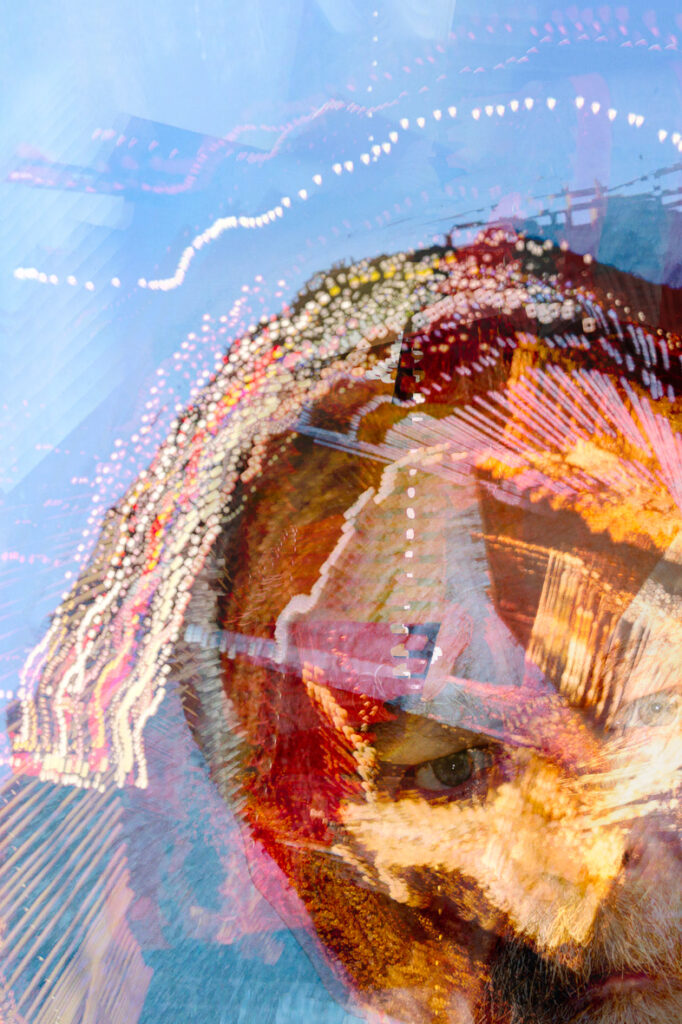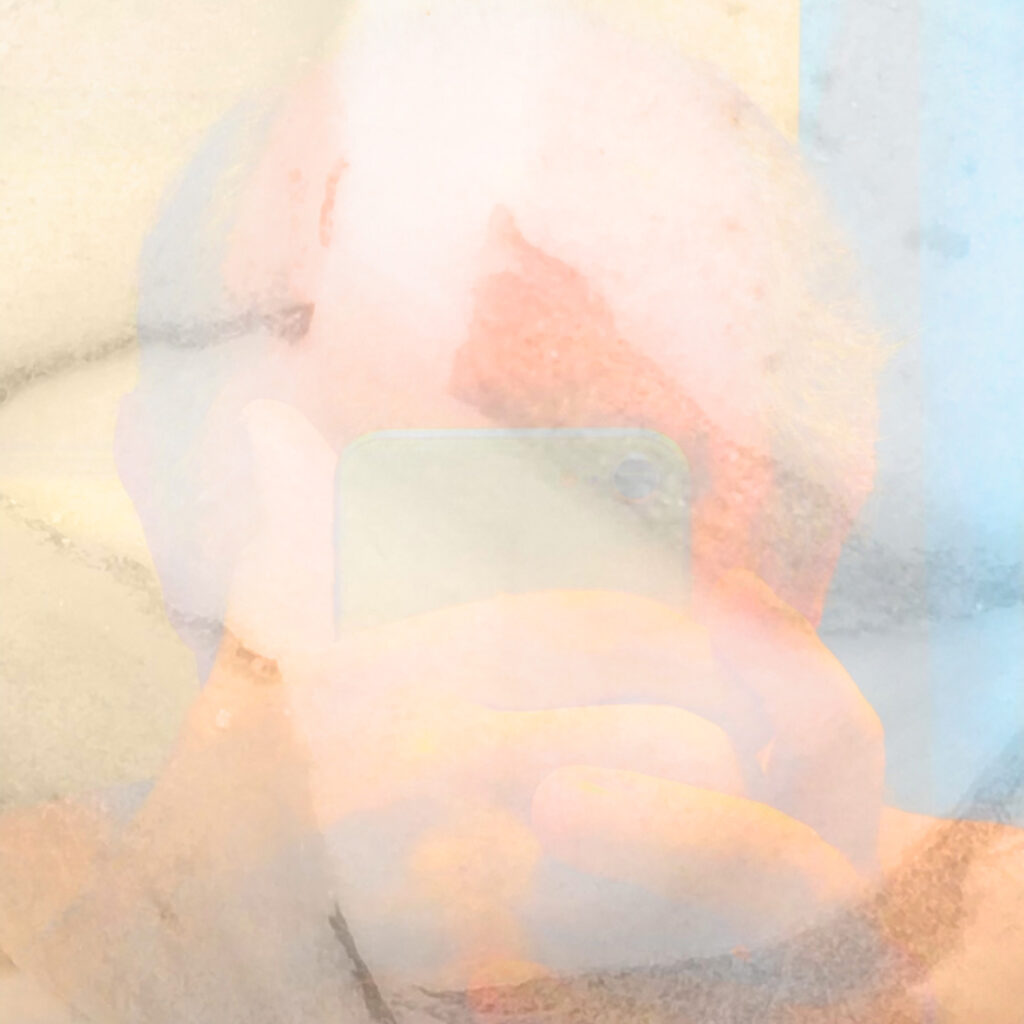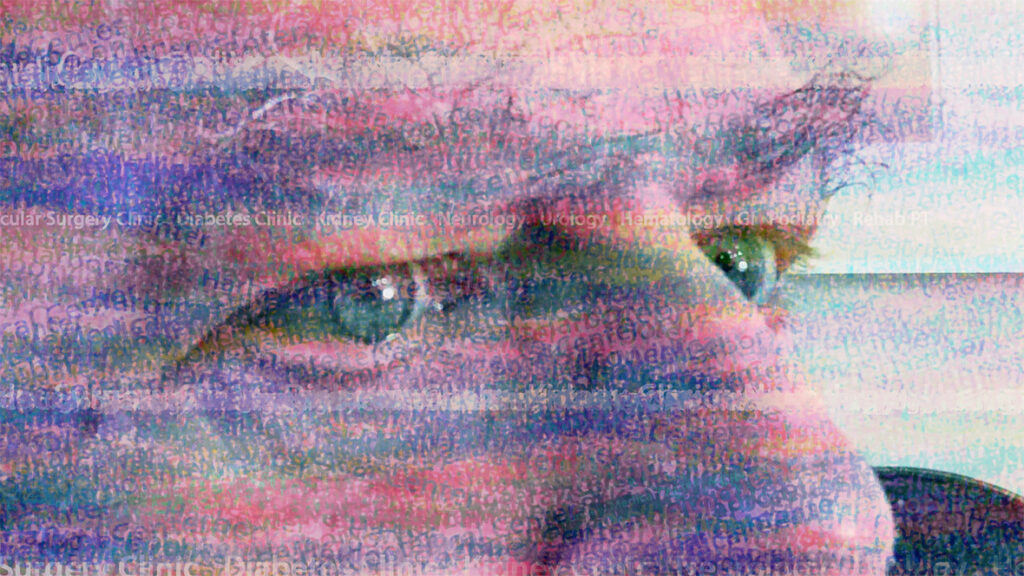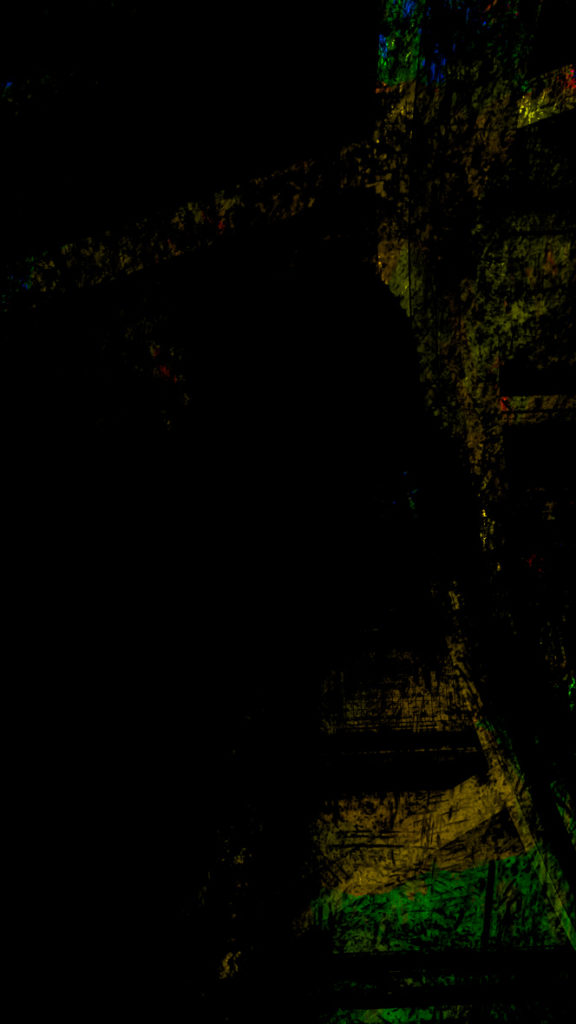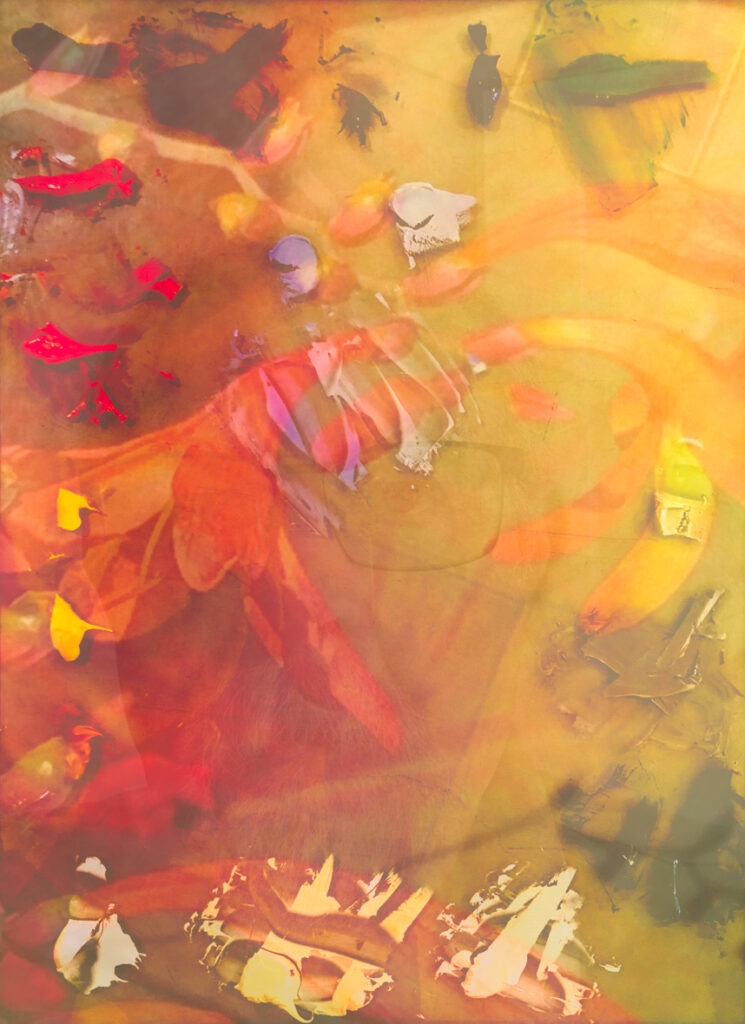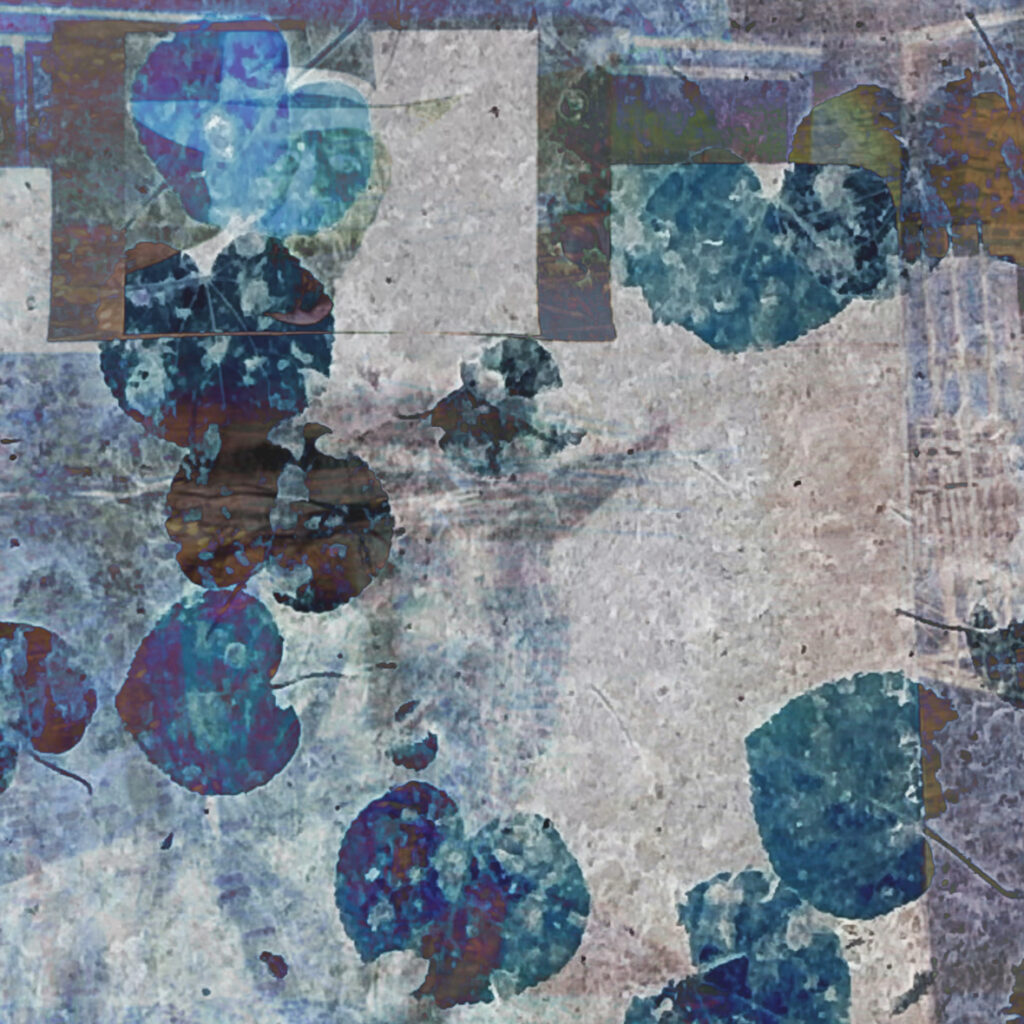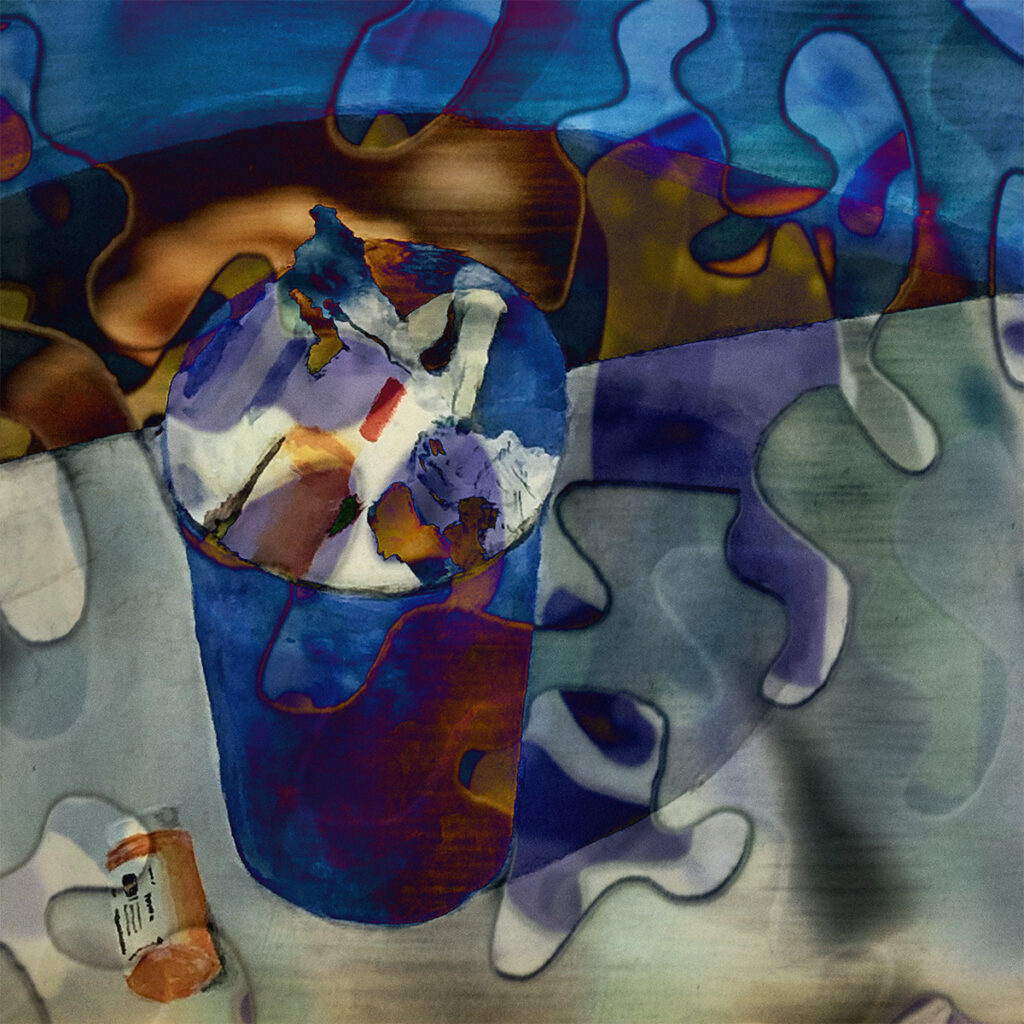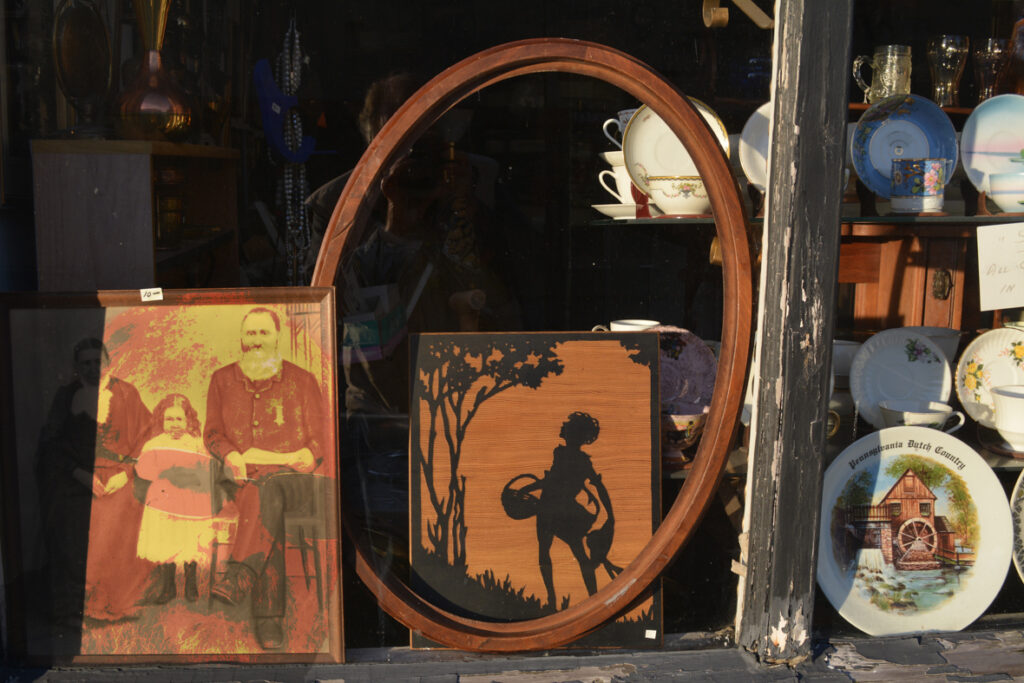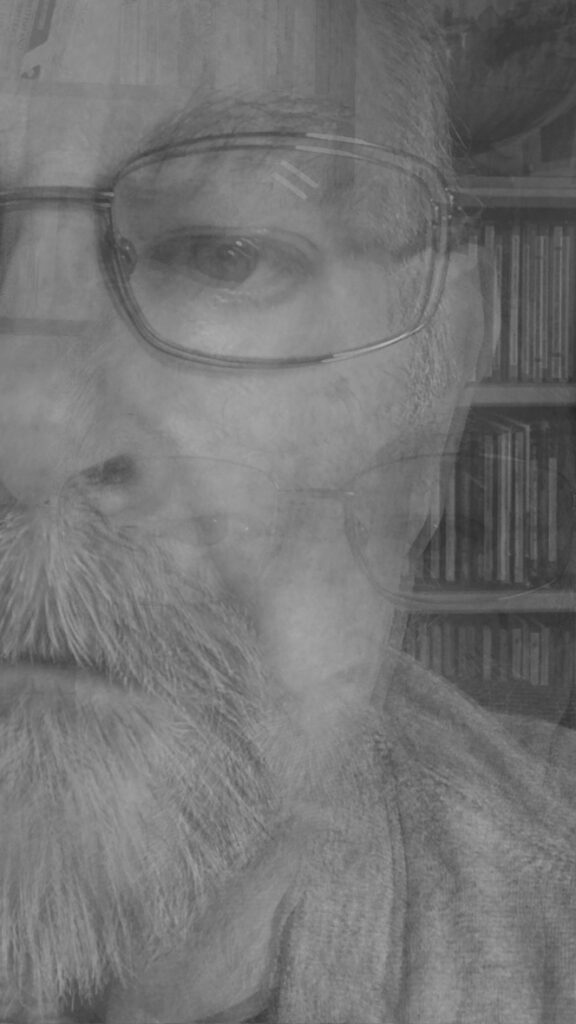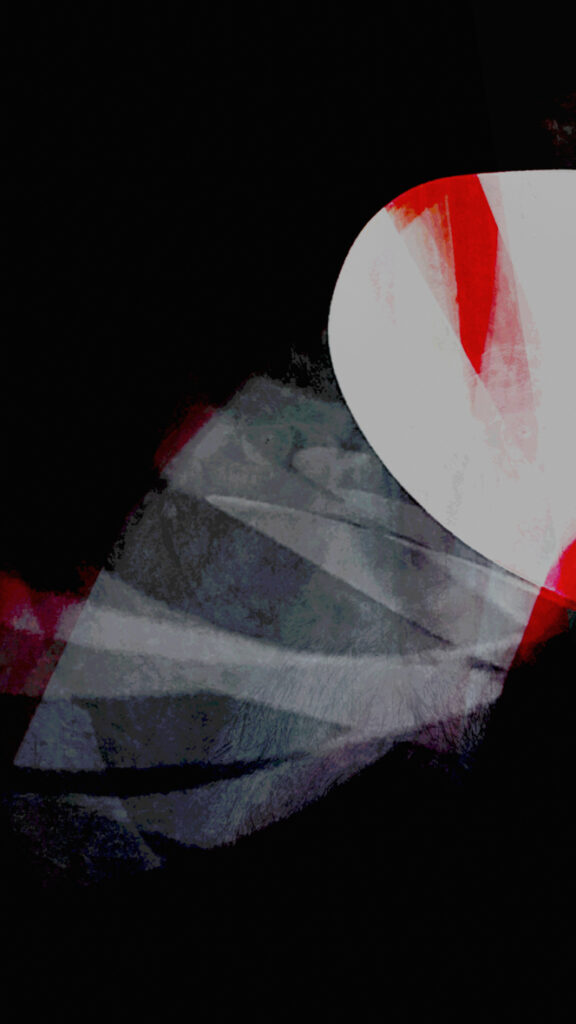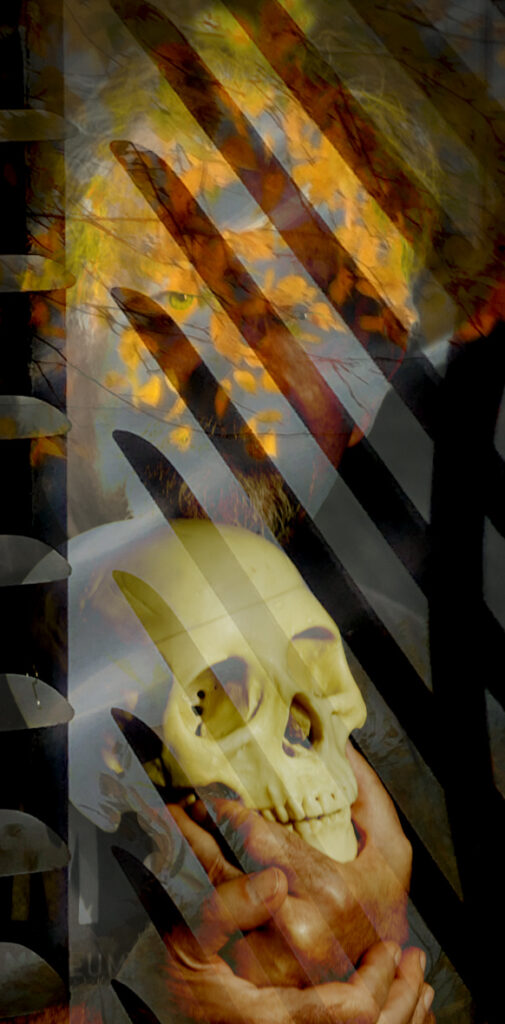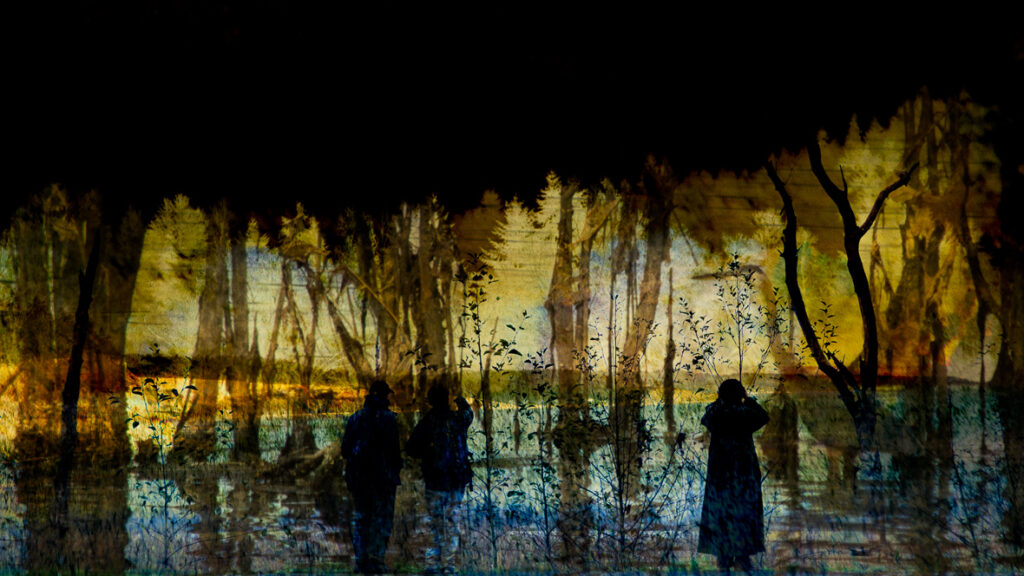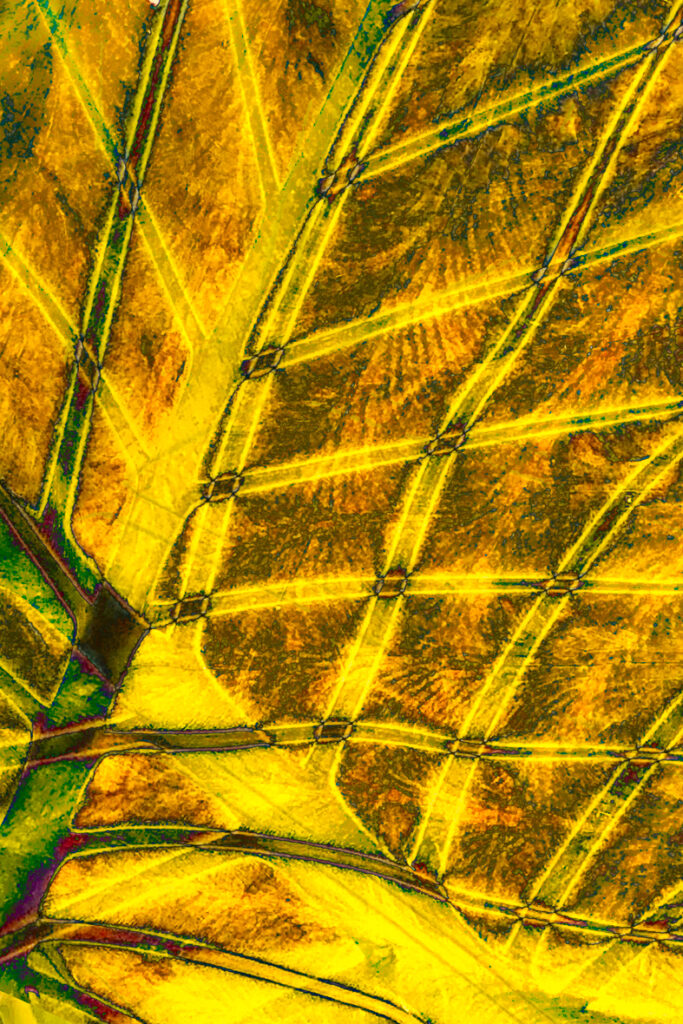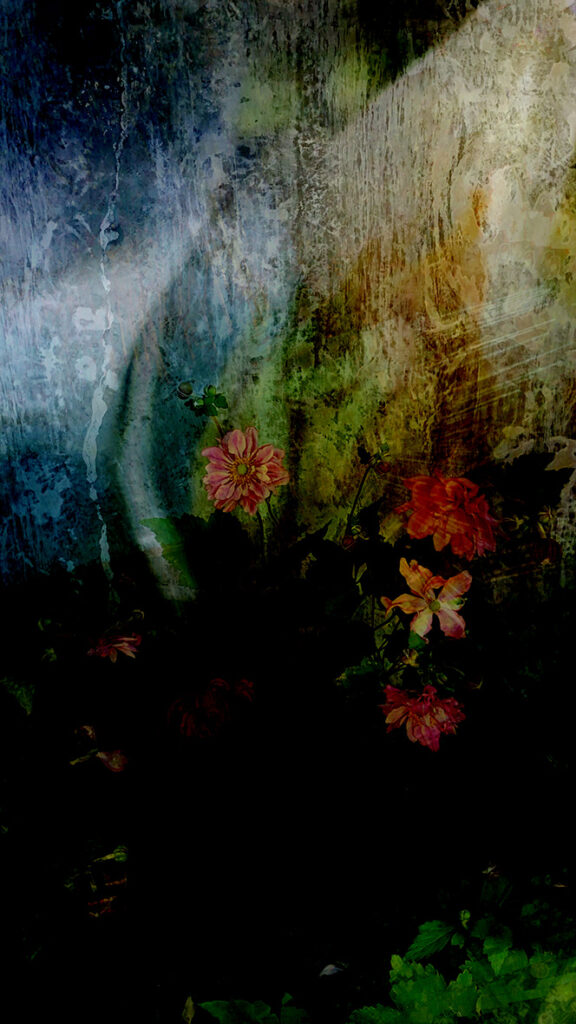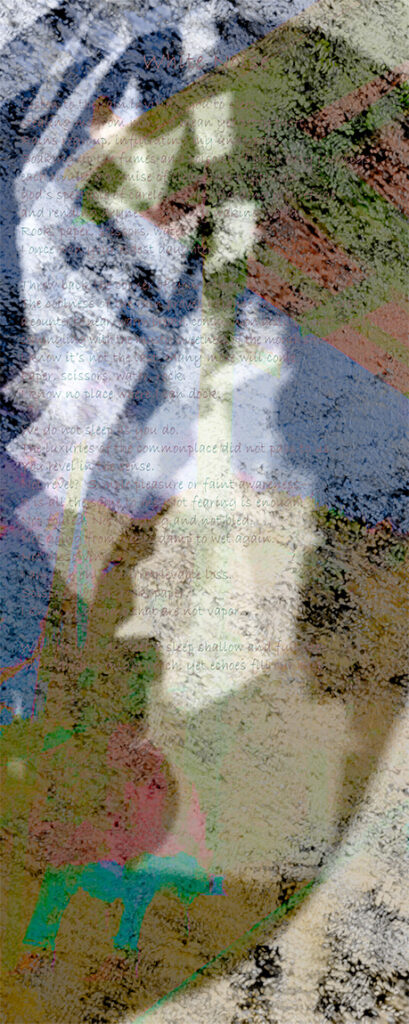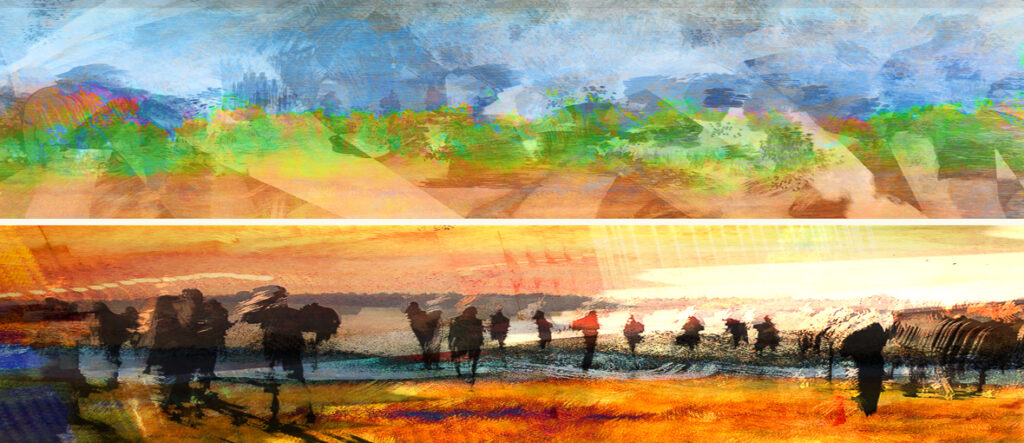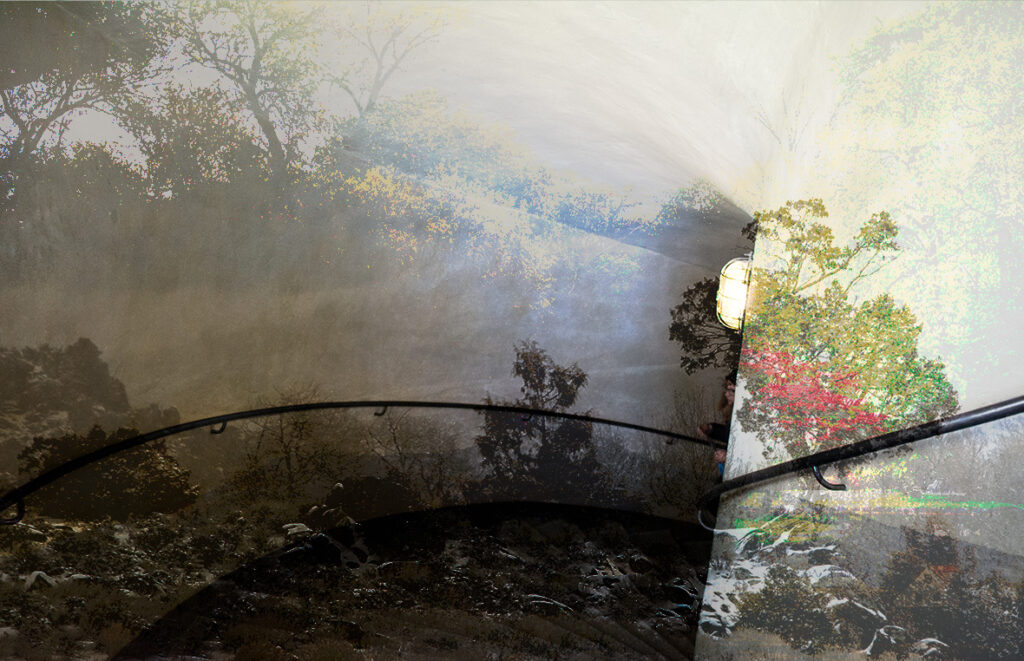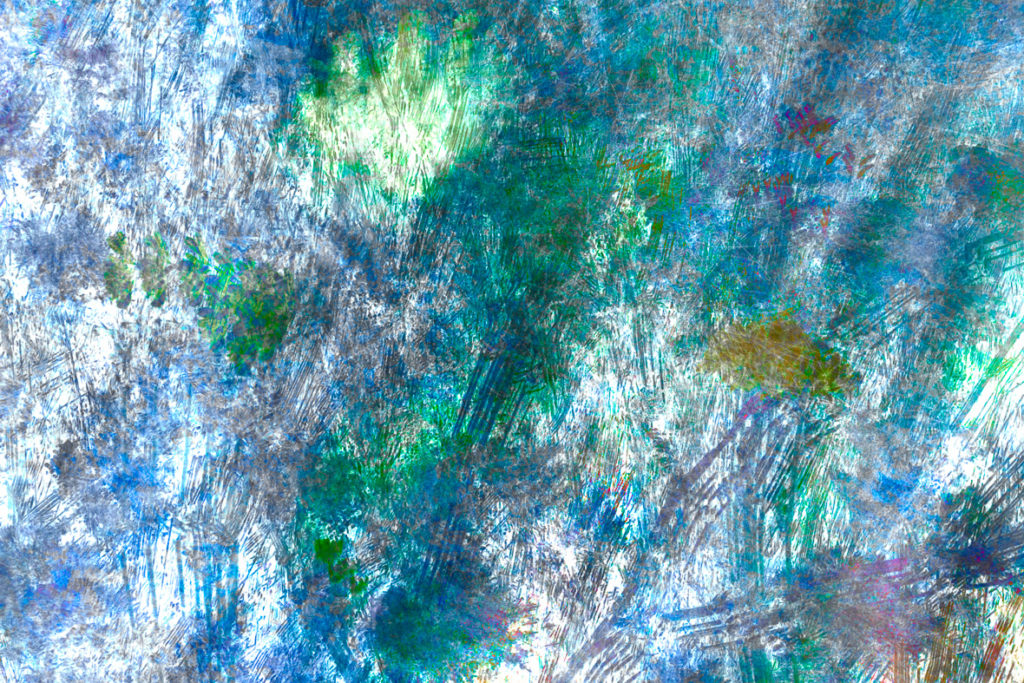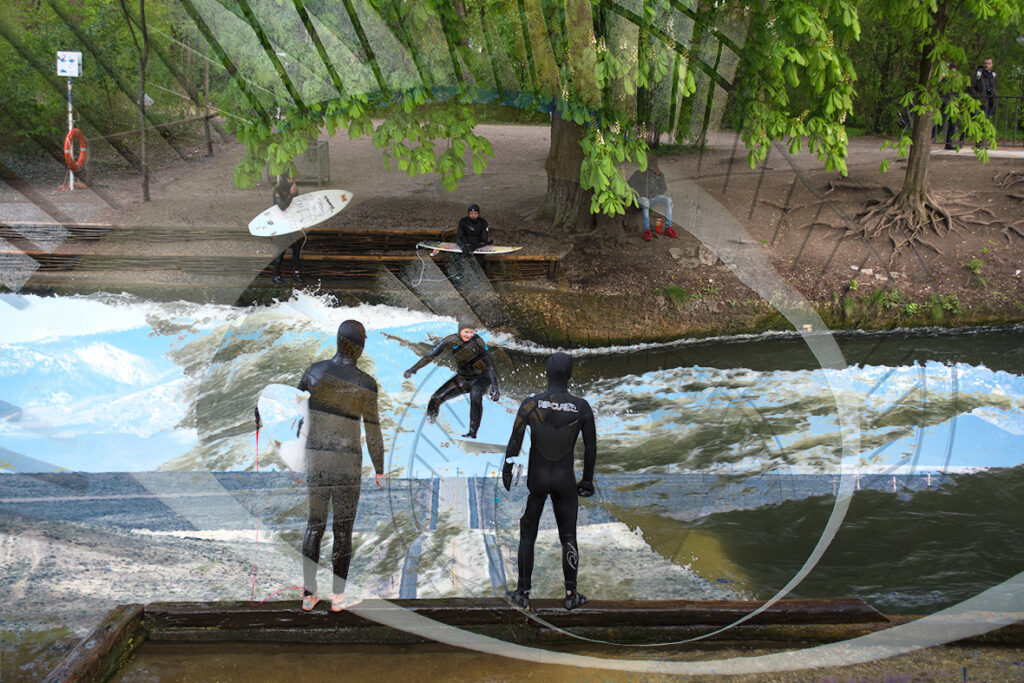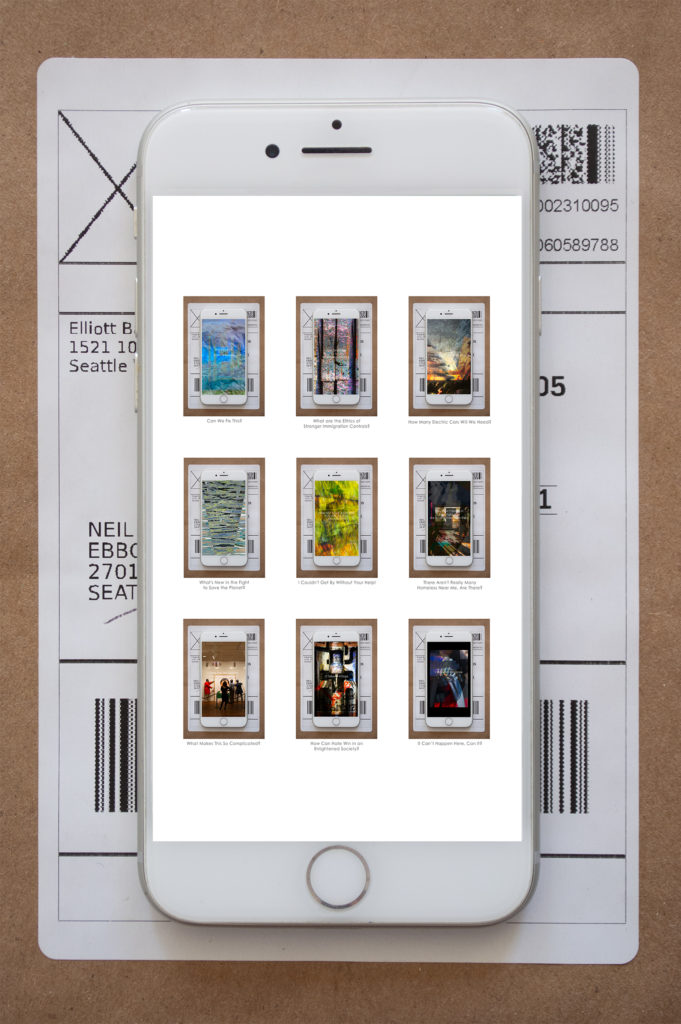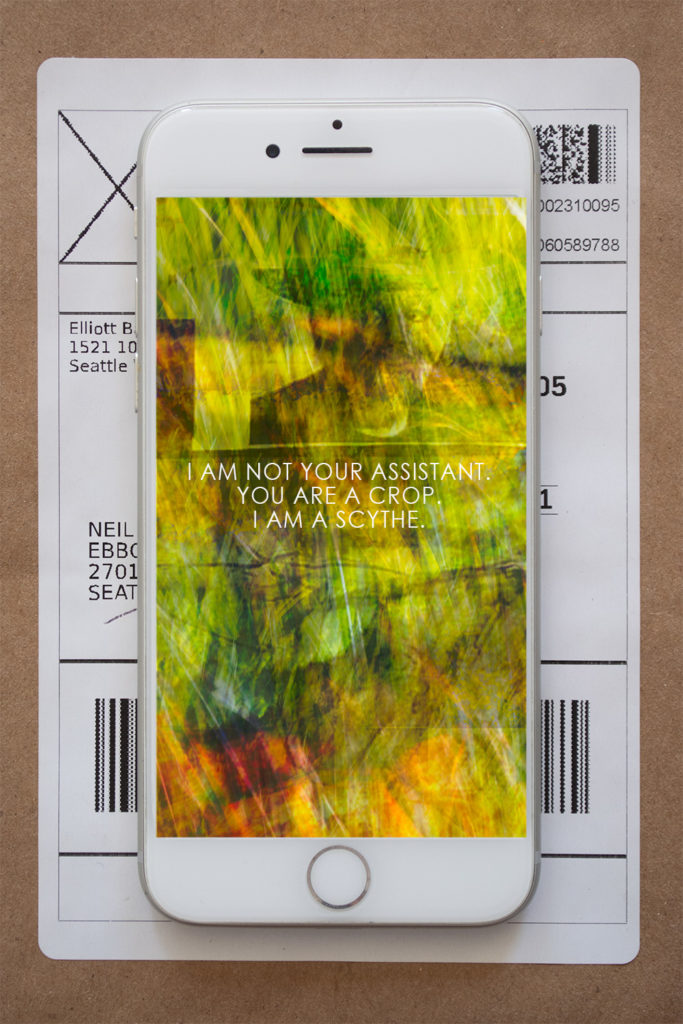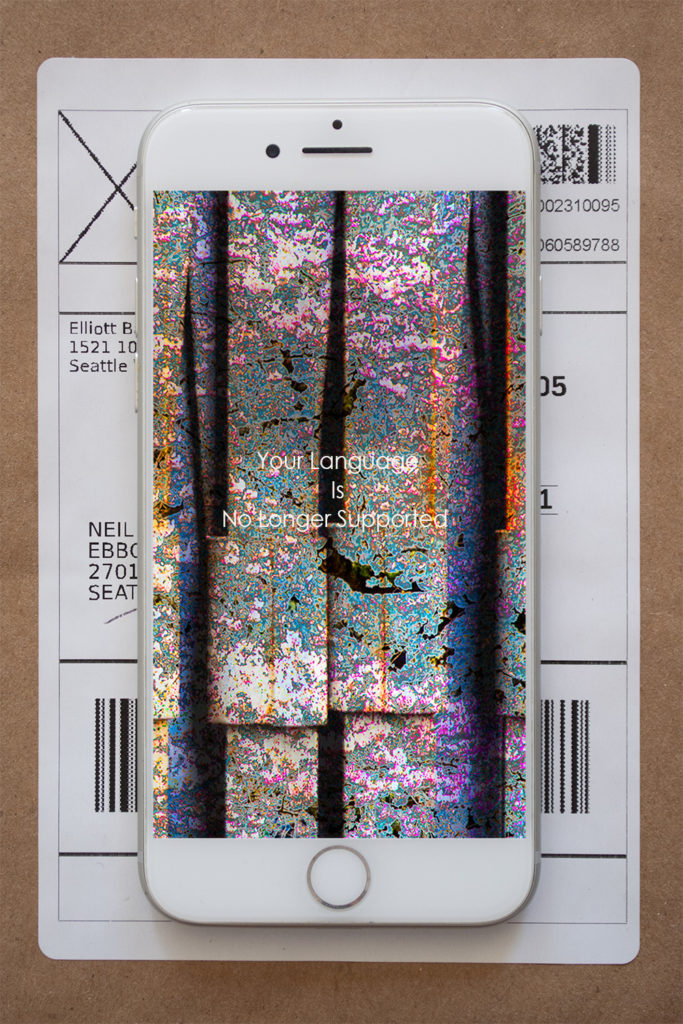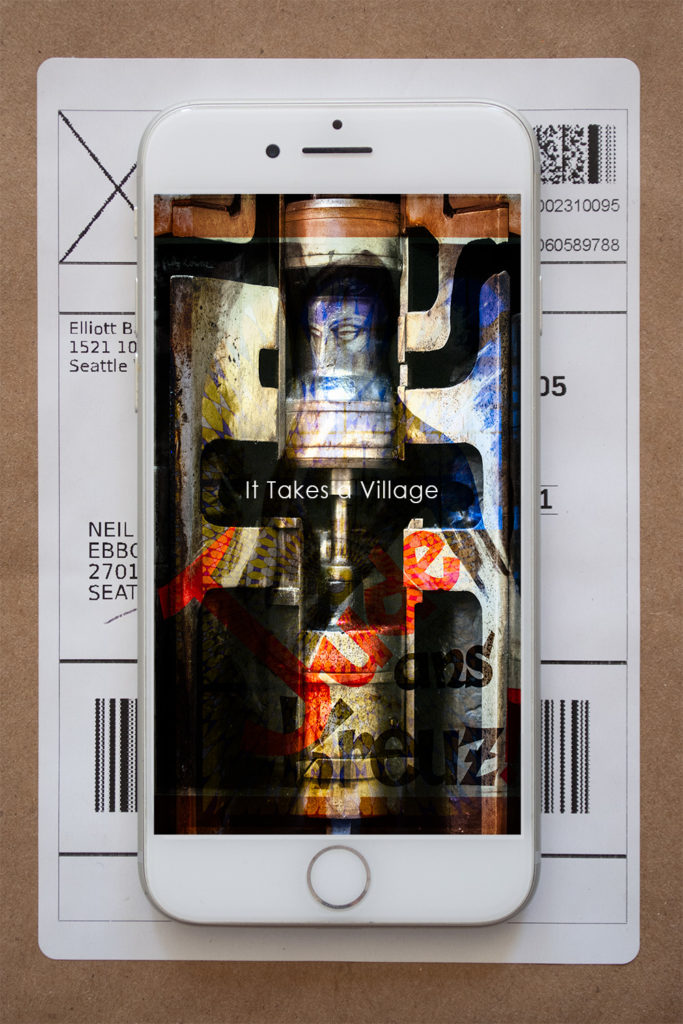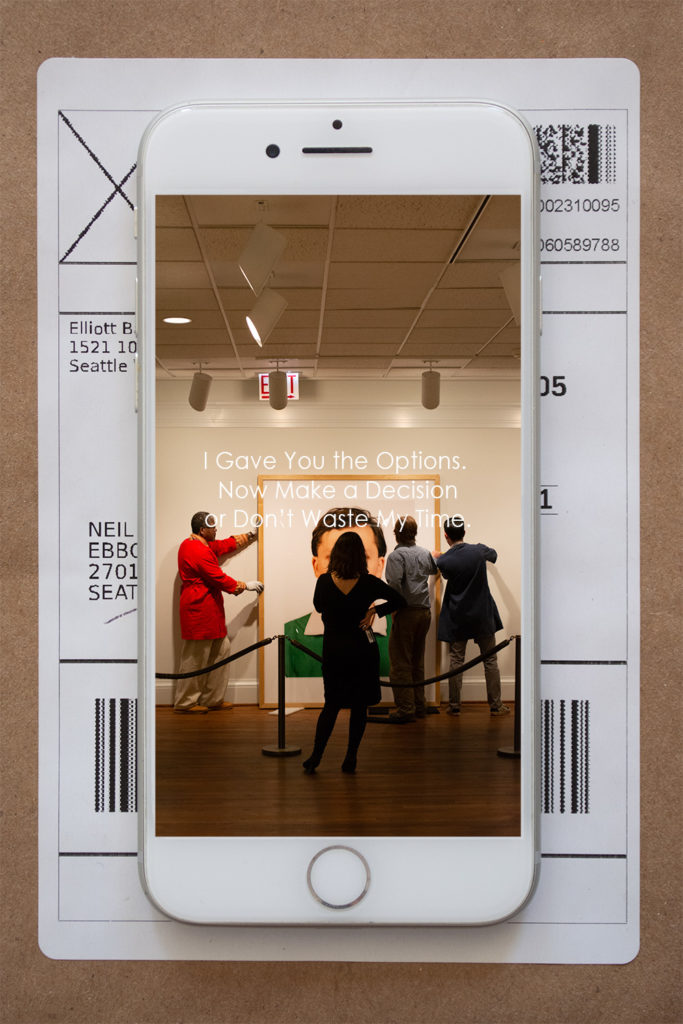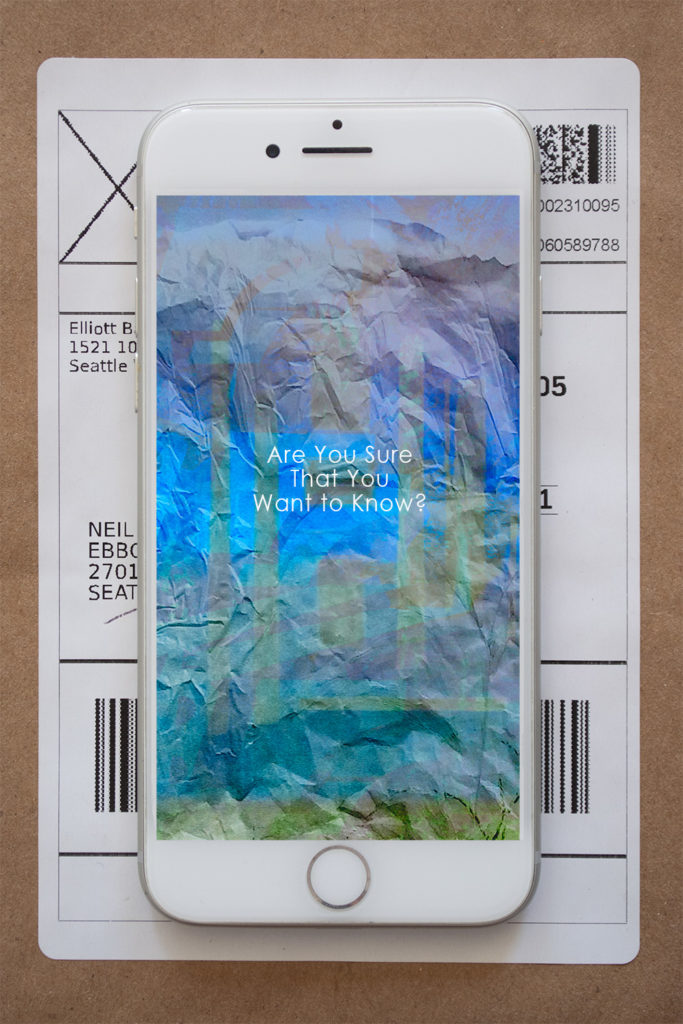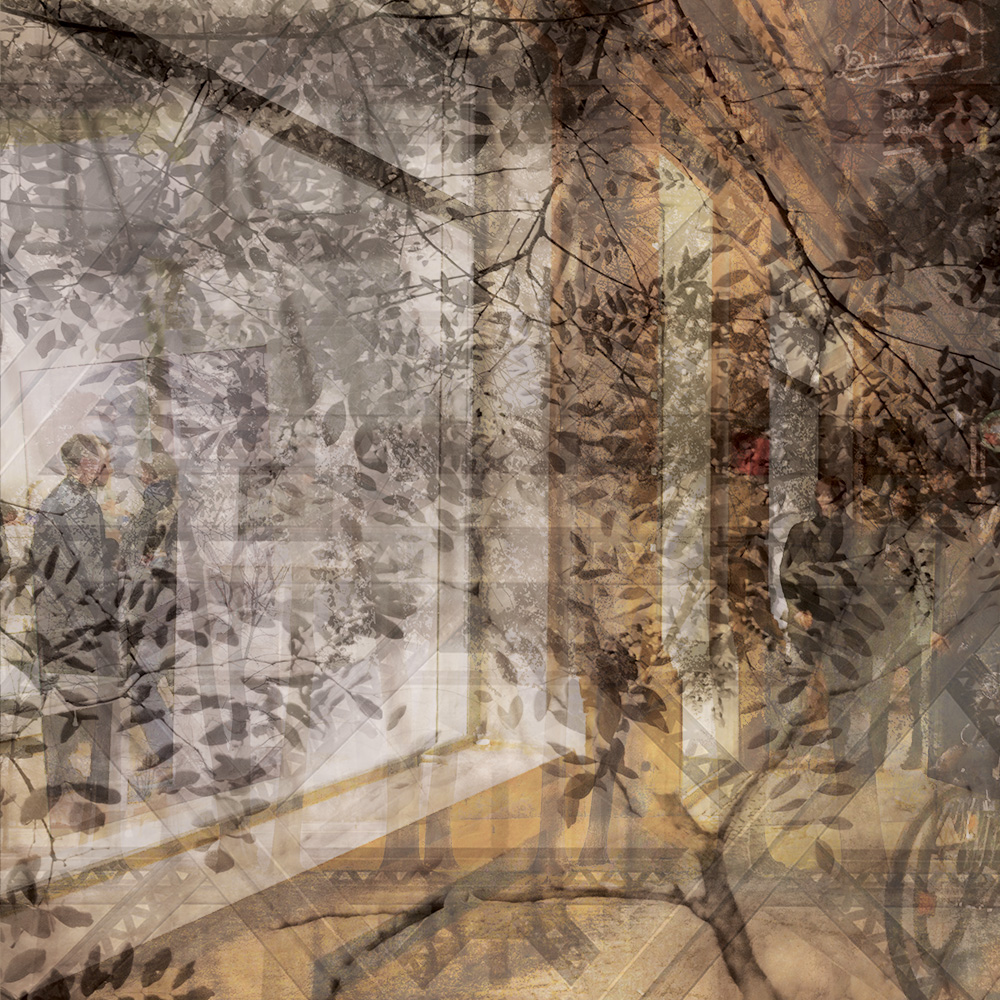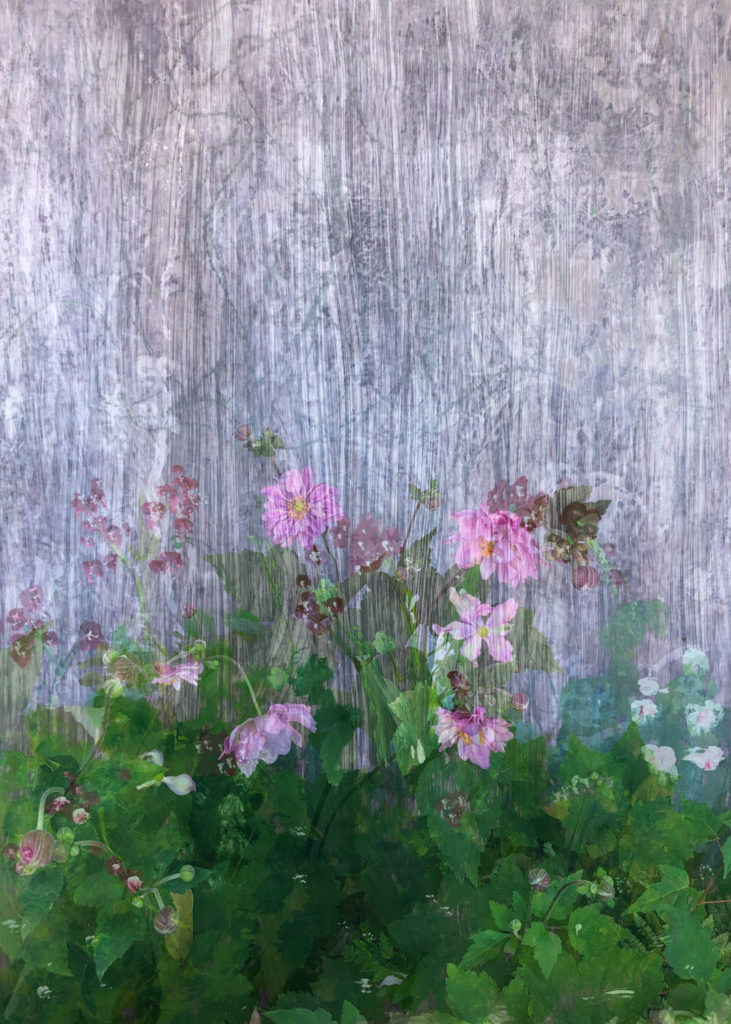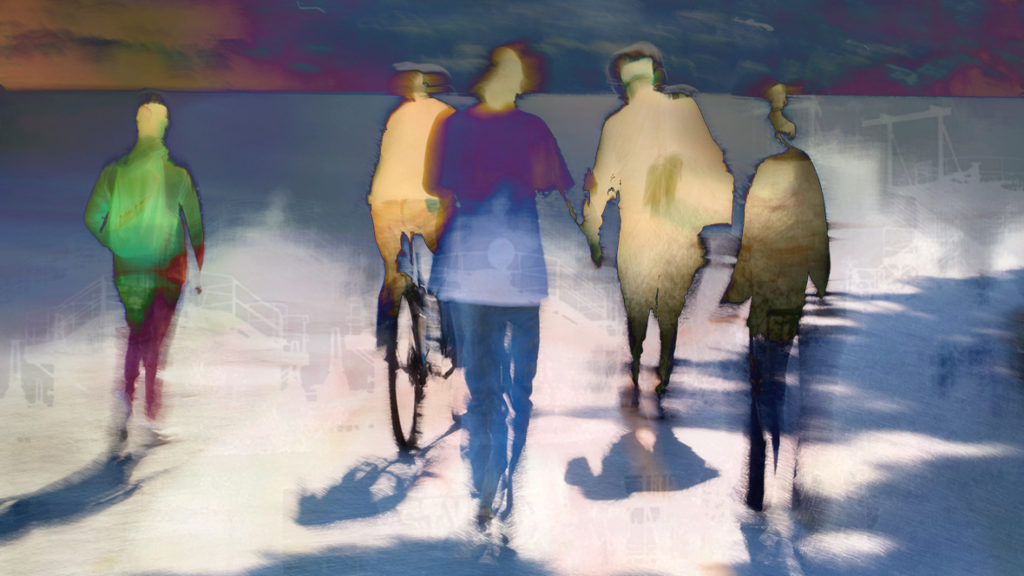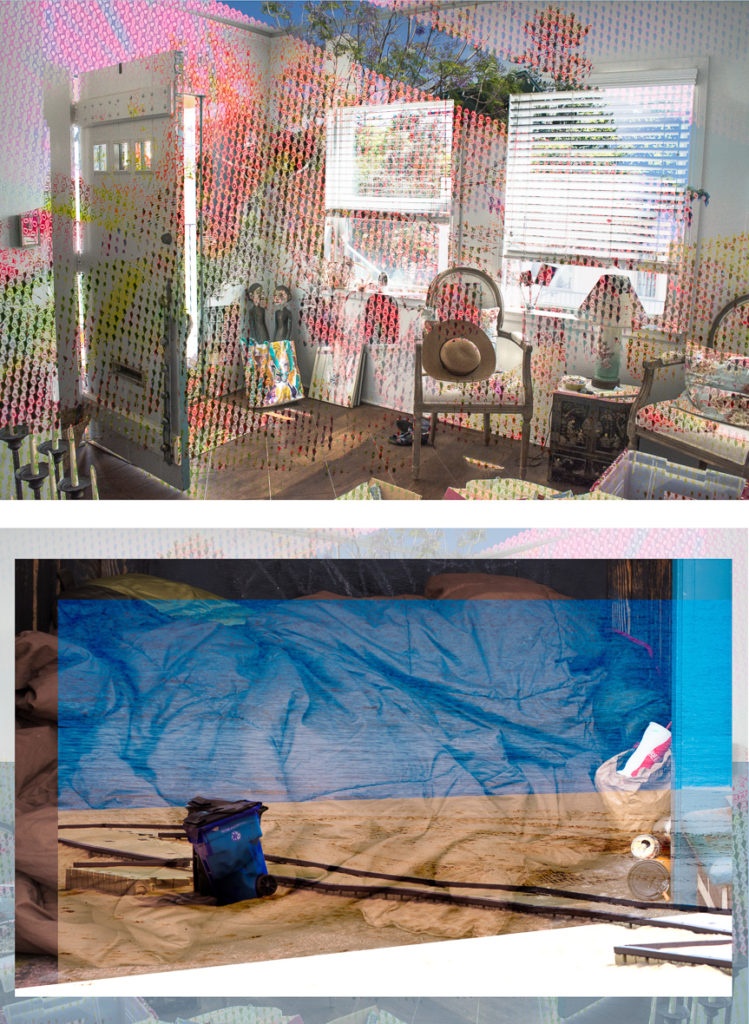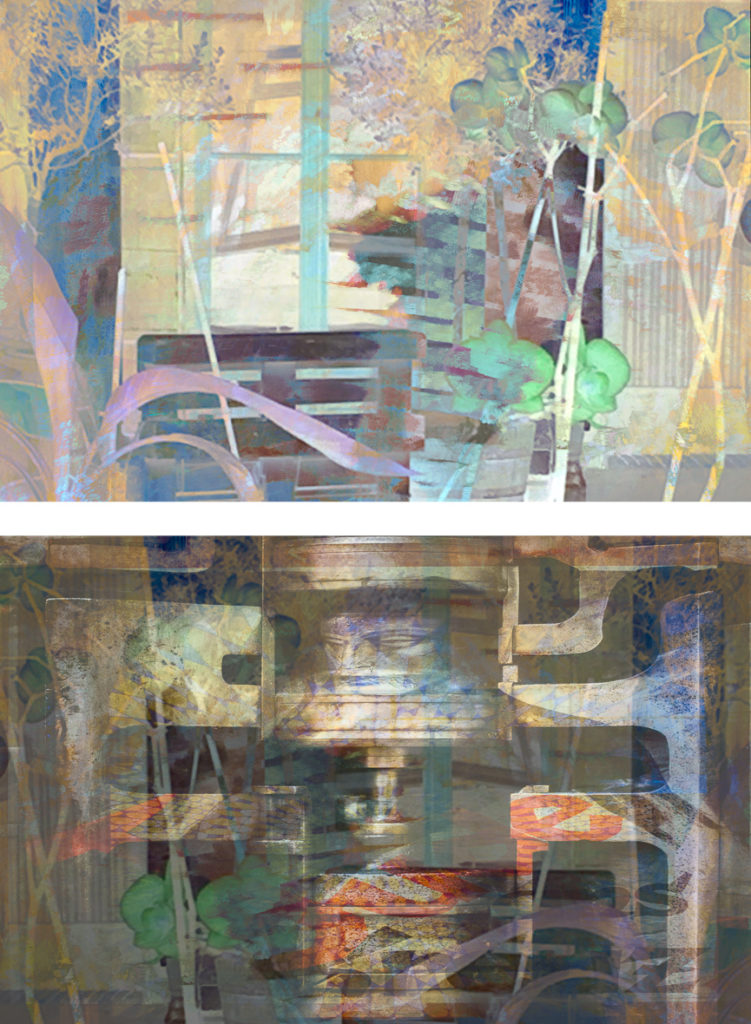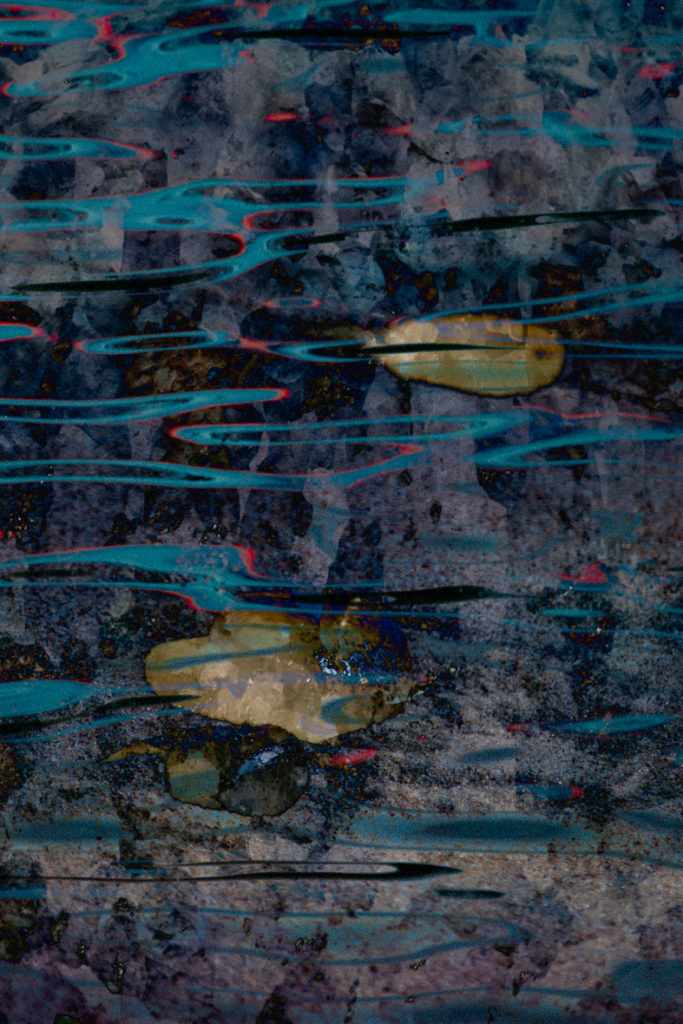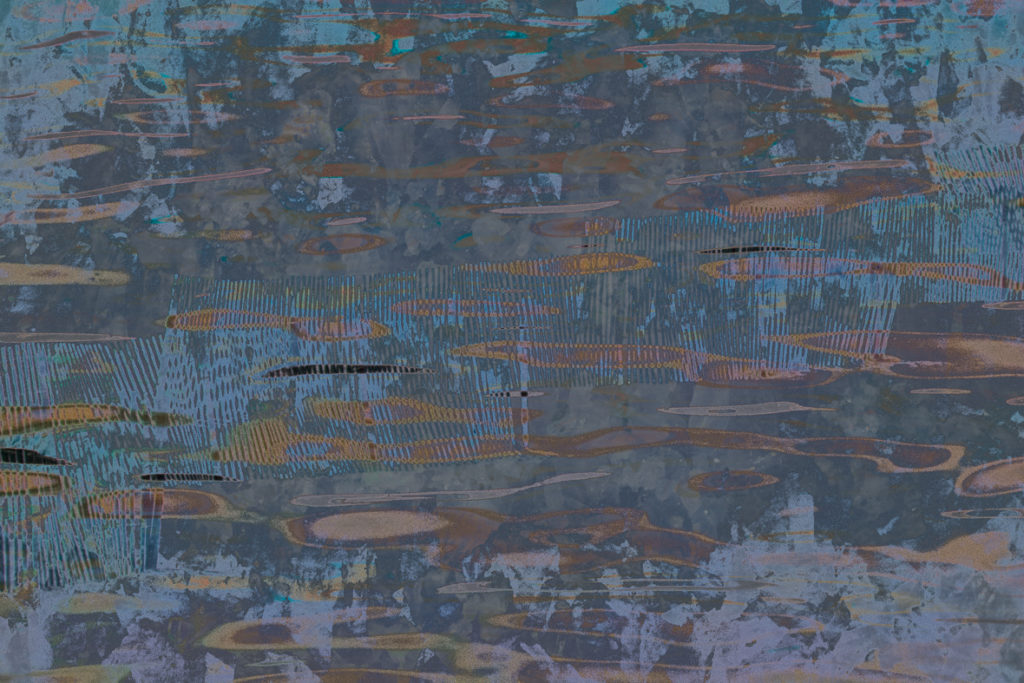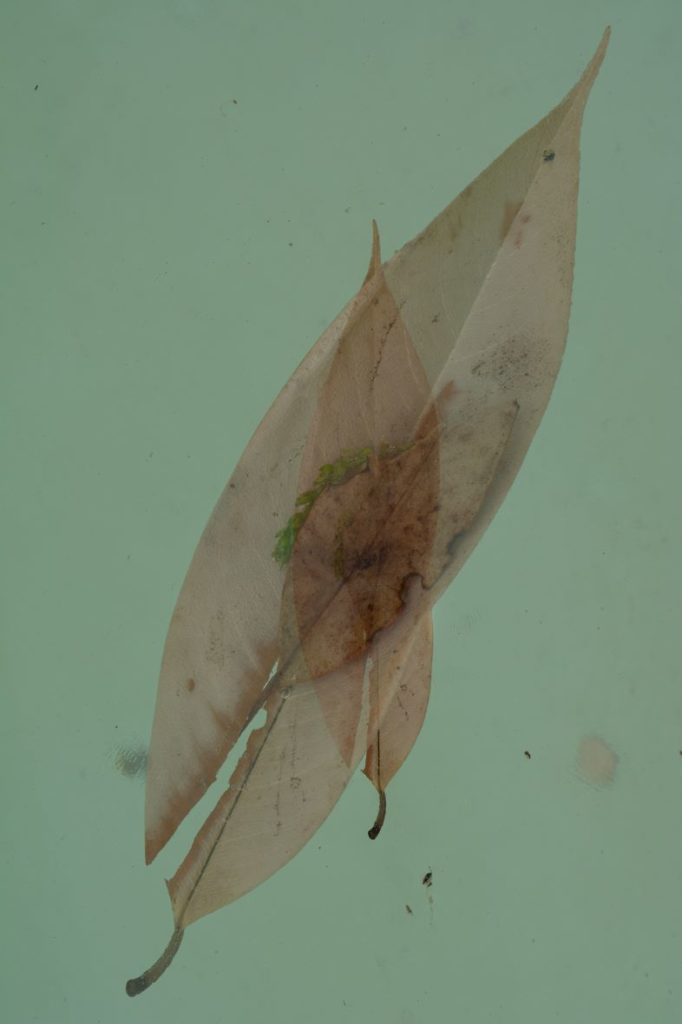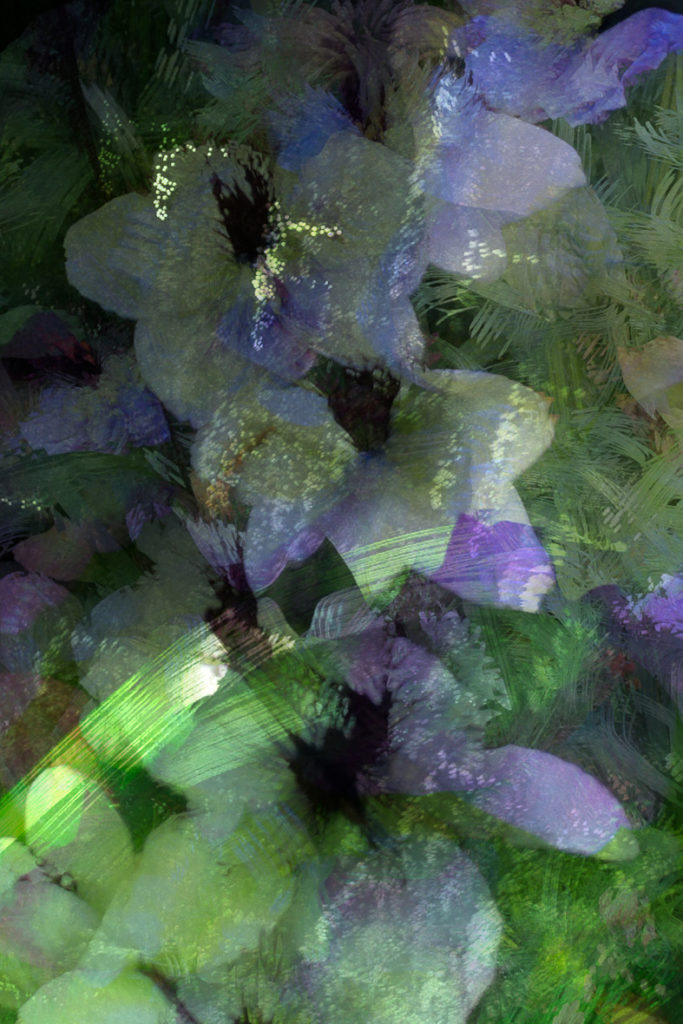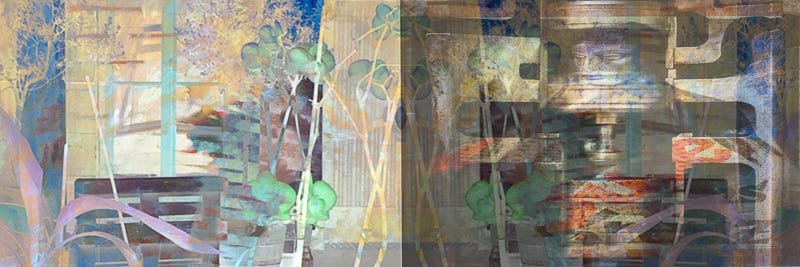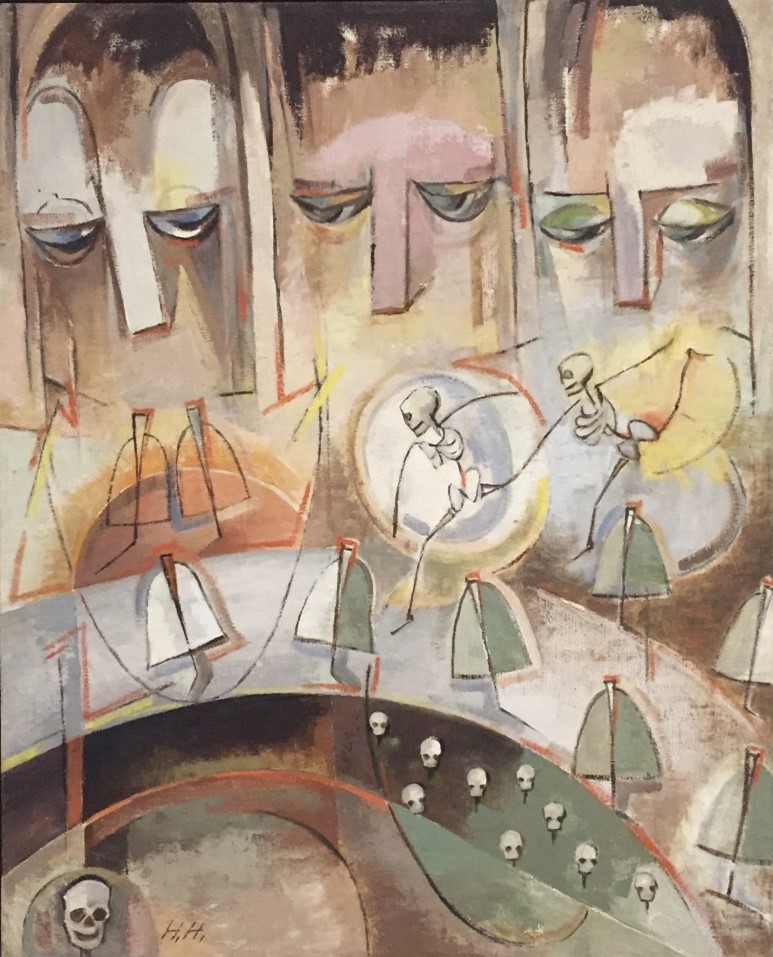The Intentional Observer
Post 1: Feb 6, 2023
Neil Berkowitz

Everything we see is a made thing. Those pixels. That two foot long receipt for your three items at the drugstore. The items themselves. The drugstore. The corporation that owns the drugstore. That landscape, so sublime, and wild, and exquisitely natural, even if it miraculously has never been touched by any human hands, is a made thing. When we see it in person we are viewing something that has been shaped by our actions, by our inactions, by the tales we have told around communal fires or turned into song or cave painting or book, by how we surrounded it or cut it off or fouled what it relies on. And when we see it any other way it is a triply made thing, once by forces we shaped and once in its representation.
Ah, number three. If you are agreeing with me then you should also be beginning to consider—or may even have long recognized—that it isn’t just the things around us that are constructions: our vision, too, has been crafted. In non-politicized language we might say that our traditions and our cultures have set up some blinders or filters that shade what we see. Following this a bit further some of us might be willing to suggest that this culture might have some mechanisms that selectively block our view of or redirect our attention from seeing things that might cause too much social upset., that might weaken the culture’s immune system. Some might go further yet: the structures of our societies and of the framework of how we see and think about the world have systems that perpetuate themselves. For the sake of introduction to The Intentional Observer I will perhaps too loosely term that as ideology.
But this series of columns isn’t political. It hopes to be about seeing the world. It wants to encourage and cultivate a personal choice (actually as many personal choices as possible) to practice a more intentional observation of what is around us. And the starting point for that is art. Any art. But visual art is a particularly capable defense against self censorship. If we choose it can alert us to what we edit out of our view or ignore, what we leave blurry or obscured or just plain avoid altogether—and to what our cultures’ thought structures camouflage.
So The Intentional Observer will be a place to discuss all of this. How can understanding the made nature of things help us to see more deeply and respond we new insight into what we now reveal? Can the making and the viewing of art bring us closing to knowing and improving our daily worlds?
I welcome you in joining me in these dialogs and experiments.
Thanks for reading The Intentional Observer!
Subscribe for free to receive new posts and support my work.
